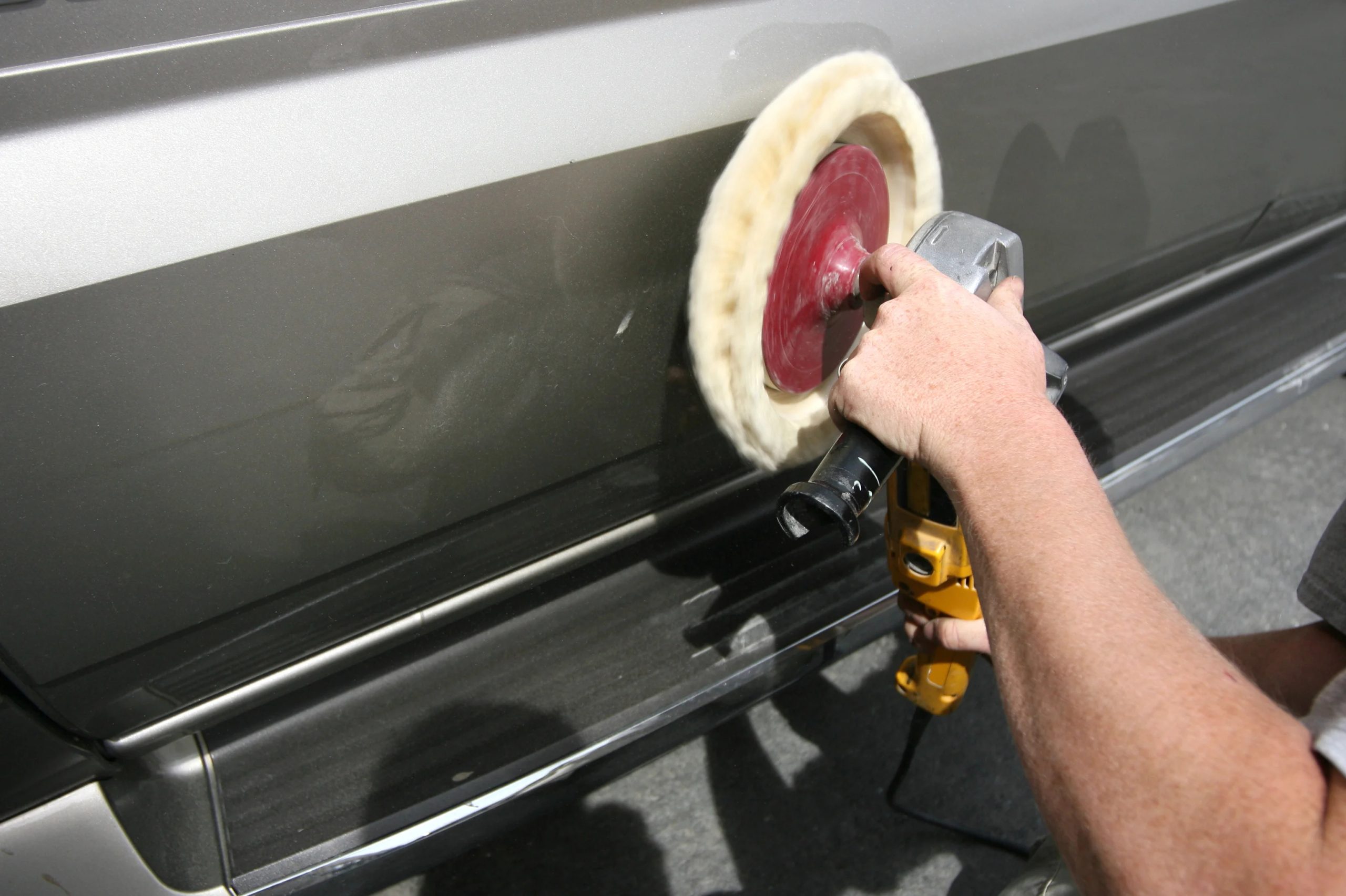It depends on the type of vehicle and the condition of its paint. For a brand new car with a factory paint job, a basic wax or sealant will likely be sufficient to protect the paint and give it a nice shine. However, if the car is older or has been exposed to the elements, a more heavy-duty polish may be necessary to remove oxidation and other forms of paint damage. Vehicle waxes polishes & protectants can avoid your paint to fade after applying it.
Some popular car wax brands include: -Carnauba waxes like Meguiar’s, Mothers, and Collonite -Synthetic sealants like Zaino, Optimum and Chemical Guys
It’s worth to check the reviews and compare the products before choosing one. Additionally, It is important to follow the manufacturer’s instructions for application and to test a small area first to ensure that the product will not damage the paint or leave any unwanted residue.
Waxing a Car
Waxing a car is a process of applying a wax product to the paint of the vehicle to protect it and enhance its shine. The wax forms a protective barrier on the paint, which helps to repel water, dust, and other contaminants. It also enhances the color and depth of the paint, making it look shiny and new.
The process of waxing a car typically involves the following steps:
- Start by washing the car to remove any dirt or grime.
- Dry the car thoroughly.
- Apply a small amount of wax to a foam applicator or microfiber towel.
- Spread the wax evenly over a small section of the car’s paint, using a circular motion.
- Let the wax dry to a haze, usually within 15-20 minutes.
- Use a microfiber towel or a machine buffer to remove the dried wax and reveal a shiny, protected surface.
- Repeat the process on the entire car, working in small sections.
It’s recommended to do the waxing in the shade, avoiding direct sunlight and heat to prevent the product from drying too quickly which could make it harder to remove. Also, depending on the climate, car owners wax their cars every 3-6 months.
Note: Avoid using abrasive products or excessively rubbing the paint to prevent damage to the clear coat and or the paint itself.
Polishing a Car
Polishing a car is the process of removing imperfections from the paint, such as fine scratches, oxidation, and swirl marks, to leave a smooth and glossy finish. Car polishing can be done by hand or by machine.
The process of polishing a car typically involves the following steps:
- Start by washing the car thoroughly to remove any dirt or grime.
- Dry the car thoroughly.
- Inspect the car’s paint to identify any imperfections that need to be addressed.
- Apply a small amount of polish to a foam applicator or microfiber towel.
- Spread the polish evenly over a small section of the car’s paint, using a circular motion.
- Use a machine buffer with a polishing pad or by hand if you are more experienced.
- Use a microfiber towel to remove the polishing residue and reveal a smooth, glossy surface.
- Repeat the process on the entire car, working in small sections.
Depending on the vehicle, polishing may require more than one pass, with increasingly fine polishing compounds and pads to achieve the desired level of shine. After polishing, it’s recommended to apply a coat of wax or sealant to protect the paint and maintain the shine.
Note: Polishing, as opposed to waxing, may require a little more effort and skill, and it’s not recommended to do it by hand unless you are experienced, as it may cause damage to the paint. Also, the level of paint imperfections and the type of paint on the car may require additional steps like clay bar or compounding.
Learn the difference between waxes and polishes
Waxes and polishes are both used to protect and enhance the appearance of a vehicle’s paint, but they work in slightly different ways.
Waxes are a protective coating that is applied to the paint to form a barrier against water, dust, and other contaminants. They are typically made of natural waxes, such as carnauba wax, or synthetic polymers, and their main purpose is to enhance the shine of the paint and protect it from environmental damage. They are easy to apply and does not remove any paint or leave any residue behind.
Polishes, on the other hand, are designed to remove imperfections from the paint, such as fine scratches, oxidation, and swirl marks, to leave a smooth and glossy finish. They usually contains abrasives that remove a very thin layer of paint, so they are meant to be used carefully and only when the paint needs that additional level of correction, not just to make it shiny. They are applied with a machine buffer or by hand, typically followed by a coat of wax or sealant to protect the newly polished surface and maintain its shine.
It’s important to note that polishes remove a small amount of paint, so it should be used more judiciously, generally once or twice a year, whereas waxing could be done more frequently as it does not remove paint, It’s more about protection and enhancement of the shine.
How much work are you willing to put in for car detailing?
There are many different aspects to car detailing, such as washing, waxing, polishing, and cleaning the interior. I can provide you with detailed information and instructions on how to perform each task, as well as tips on the best products to use and how to achieve the best possible results.
It’s important to note that while detailing a car requires some time and effort, the end results are worth it as it will bring back that new car look and also protect your investment.
Feel free to ask me anything specific you want to know about car detailing.
Takeaway
To summarize, car detailing is the process of thoroughly cleaning and restoring a vehicle’s appearance, both inside and out. It’s an essential process that can help to protect your investment by keeping your car in good condition. The process of detailing can include a variety of tasks such as washing, polishing, waxing, and cleaning the interior.




